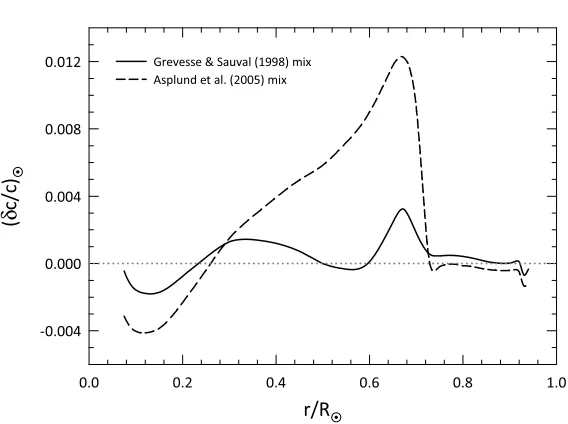Selected topics in the evolution of low-mass stars
Full text
Figure



![Figure 5. Chemical evolution models for two GCs, namely M13 (NGC 6205,[O/Fe]. Note the differentlines solid lines) and NGC 2808 (dashed)](https://thumb-us.123doks.com/thumbv2/123dok_us/8992288.1437236/8.595.119.477.124.301/figure-chemical-evolution-models-note-differentlines-solid-dashed.webp)
Related documents
In the third group of mesenchymal cells without nano fiber scaffold with differentiation media culture, there was significant increase in the expression of collagen I,
Proprietary Schools are referred to as those classified nonpublic, which sell or offer for sale mostly post- secondary instruction which leads to an occupation..
Product Name Technical Licences Technical Licenses Required/ Optional GIS 8.0 Required GIS_INTERACTIONSERVICE 8.0 Required ics_custom_media_channel 8.0
information to reap an unfair benefit. Many of these donations were made at a time when it would have been illegal to make a sale of the same securities due to their access to this
The cultivar-dependent effect of the selected bacterial strains on the growth of oilseed rape seedlings, as well as their respective seed colonization abilities were stud- ied
National Conference on Technical Vocational Education, Training and Skills Development: A Roadmap for Empowerment (Dec. 2008): Ministry of Human Resource Development, Department
The single variable beam theories taking into account effect of transverse shear deformation for the buckling, bending and free vibration analysis of the thick beam
/ L, and a different adsorbent mass, is shown in Figure 5. The results obtained show that the removal rate increases quickly at first, until a time of 60 min, and